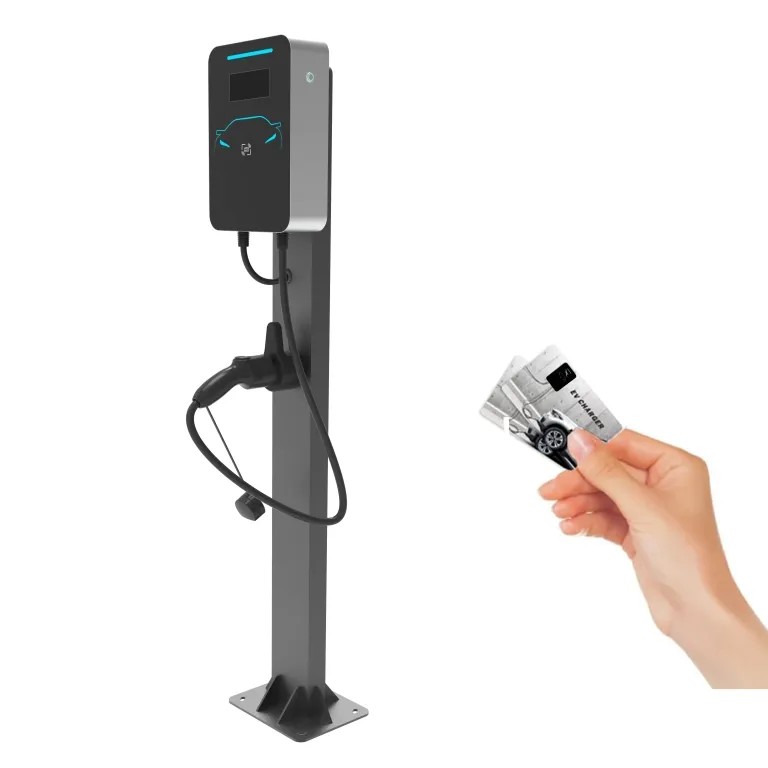


Embracing Smart Charging Technologies: The Role of RFID in EV Charging
As a leading EV charger manufacturer in China, LiCB Charge delivers dependable AC and DC electric vehicle charging stations along with comprehensive charging solutions.
As electric vehicles (EVs) become increasingly popular worldwide, the need for seamless and secure charging solutions grows alongside them. One technology making EV charging faster and easier is Radio Frequency Identification (RFID)—a contactless method that’s rapidly becoming a standard in public and workplace charging stations.
RFID uses electromagnetic fields to identify and authenticate users via small cards or key fobs. In the EV charging context, an RFID card acts like a contactless key: simply tap it on the charger’s reader, and the system recognizes you, starts charging your vehicle, and later bills you accordingly.
Think of it like using a contactless credit card—no app, no passwords, just a quick tap to get power flowing. This eliminates delays and complexity, making charging straightforward and user-friendly.
Most public EV chargers—found at motorway service areas, shopping centers, parking garages, and office parks—use RFID to authenticate users. This technology supports a variety of charging speeds, from slower AC chargers to high-speed DC fast chargers.
RFID cards also help businesses manage multiple EV users, such as employee vehicles or delivery fleets. They enable tracking usage, allocating costs, and restricting access, which is valuable for fleet operators or apartment complexes.
Convenience: One tap is all it takes. No need for phones, apps, or internet connectivity, which can be spotty or inconvenient.
Security: Each RFID card is linked to a user account, reducing unauthorized use and tampering.
Interoperability: Many RFID cards work across multiple charging networks thanks to roaming agreements, so one card can open thousands of chargers across regions or countries.
Durability: Contactless interaction means less wear on cards and readers, ideal for outdoor chargers exposed to weather.
The process is simple:
Tap your RFID card on the charger’s reader.
The station authenticates your account and starts charging.
Tap again to end the session.
Usage is logged and billed per your plan, whether pay-per-use or subscription.
Users often get access to online dashboards or apps for detailed reports on charging history and costs.
While RFID is widespread, it’s not perfect. Some newer charging networks rely exclusively on smartphone apps or QR codes. Also, roaming agreements vary, meaning one RFID card may not work everywhere, especially across different countries or less integrated regions. Lost or stolen cards can be misused if not reported promptly.
To improve user experience, many providers now combine RFID with mobile apps and real-time customer support.
RFID will remain important, particularly where quick, reliable access is needed without internet dependency. However, emerging technologies promise to complement it:
Plug & Charge (ISO 15118): Enables automatic authentication between EV and charger—no cards or phones needed.
Mobile wallets and NFC: Let users tap their phones instead of carrying cards.
Biometric access: Future stations may allow face or fingerprint recognition.
Despite these advances, RFID’s simplicity and reliability ensure it will stay a foundational part of EV charging for years.
RFID technology offers a powerful combination of convenience, security, and compatibility that’s driving the growth of EV charging infrastructure worldwide. Whether for individual drivers or fleet managers, RFID cards simplify the charging process and enhance user control. As the EV revolution continues, RFID remains a trusted, essential tool helping millions of drivers stay powered up and on the move.Know more about Google SEO Directory
